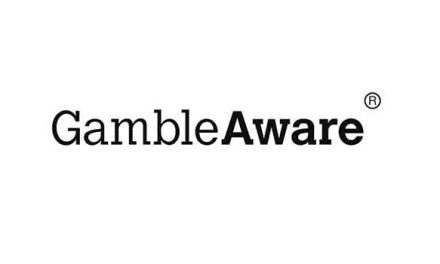It’s definitely good news that the casino industry has been booming in the State of Ohio. But at what cost? Gambling addiction has been palpable and well-pronounced through the individual stories of vulnerable people who haven’t been able to extricate themselves from their addiction.
A Look at Gambling Addiction in Ohio
There is a fair number of people who suffer from gambling addiction in Ohio. In fact, it’s easy to pinpoint the number. Estimated 76,000 people are addicted to some form of gambling, or 1 percent of the population in the state. The information comes from a credible source, too, with the Ohio Department of Mental Health and Addiction Services posting the numbers to help lawmakers and gamblers gain a better understanding of the perils that lurk.
Meanwhile, Ohio’s casinos are pushing revenues up. The gross revenue has grown to $30.4 million by March, 2018. That’s also part of a broader tendency across the United States, with the majority of states where casinos operate posting solid numbers, according to the American Gaming Agency (AGA).
And now that gambling regulations have become milder, gaming ads can be seen in plain sight. It’s far just that. Lottery tickets have also become legal, meaning that there are more temptations along the way. Most notably of all, though, is the liberalization of the sports betting market, which got a huge boost back in May, following the repeal of PASPA.
Fighting the Disease with Cash
It has been long said that sports betting and gambling addictions are not really taken seriously. This has been mostly because the industry has been largely illegal so far. And now that people are finally stepping into real casinos and race tracks, a lot of effort will have to be put to make sure that they gamble responsibly.
Taking the numbers internationally, only $73 million were distributed for helping gambling addicts in 2016. Meanwhile, the problem persists. The disease could strike in any form. You could be playing an innocent game as a child and grow a fondness for taking your chances with the unknown.
Or you can just be susceptible to such influences. And even then, the tally isn’t so frightening if measures are taken now. Forcing the hand of the U.S. casinos to pay for the treatment of problem gamblers won’t be easy, but in every other jurisdiction where problem gambling grows, agencies and operator become increasingly lenient, beating the drum of understanding and acknowledgement that measures need to be taken.
No Integrity Fees, Just Proven Initiatives
There won’t be a need for leagues to rake in integrity fees form casinos or newly-sprouted race tracks. Instead, the money can be allocated to organizations that will busy themselves with helping individuals who have identified themselves as problem gamblers.
That’s not all Ohio’s gaming dens can do, though. They can start building networks which will allow gamers to self-exclude. In addition, casinos could intervene much in the same way that they do when they suspect that foul play is afoot. Assuming the same seriousness towards problem gambling is a great way to prove that casinos have integrity and that there is a reason to grow their operations as a source of entertainment after all.





